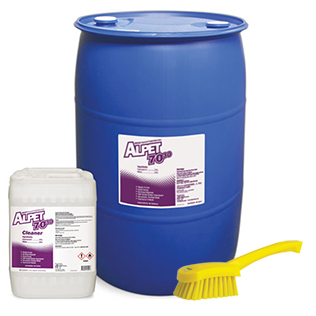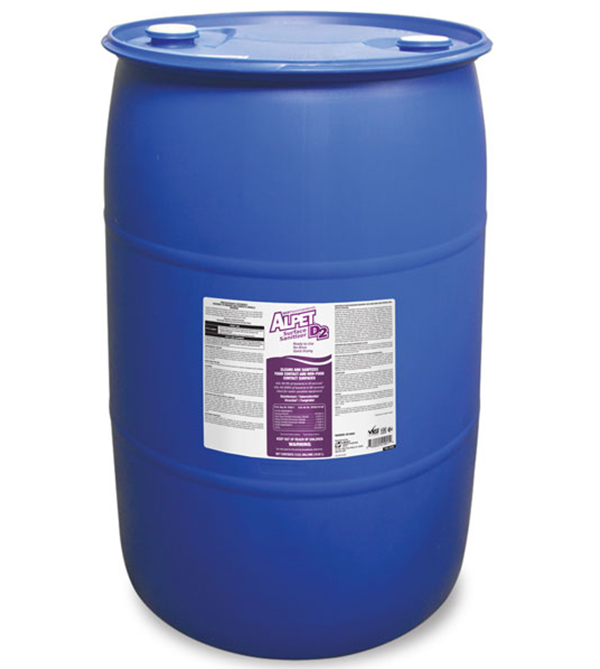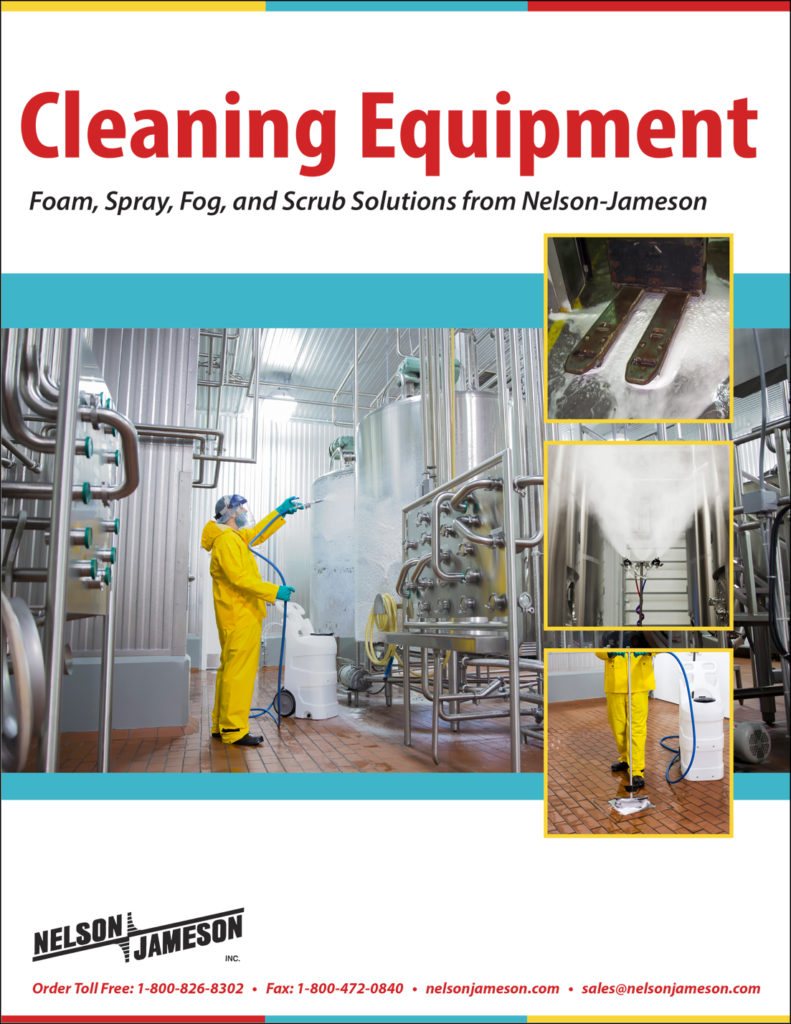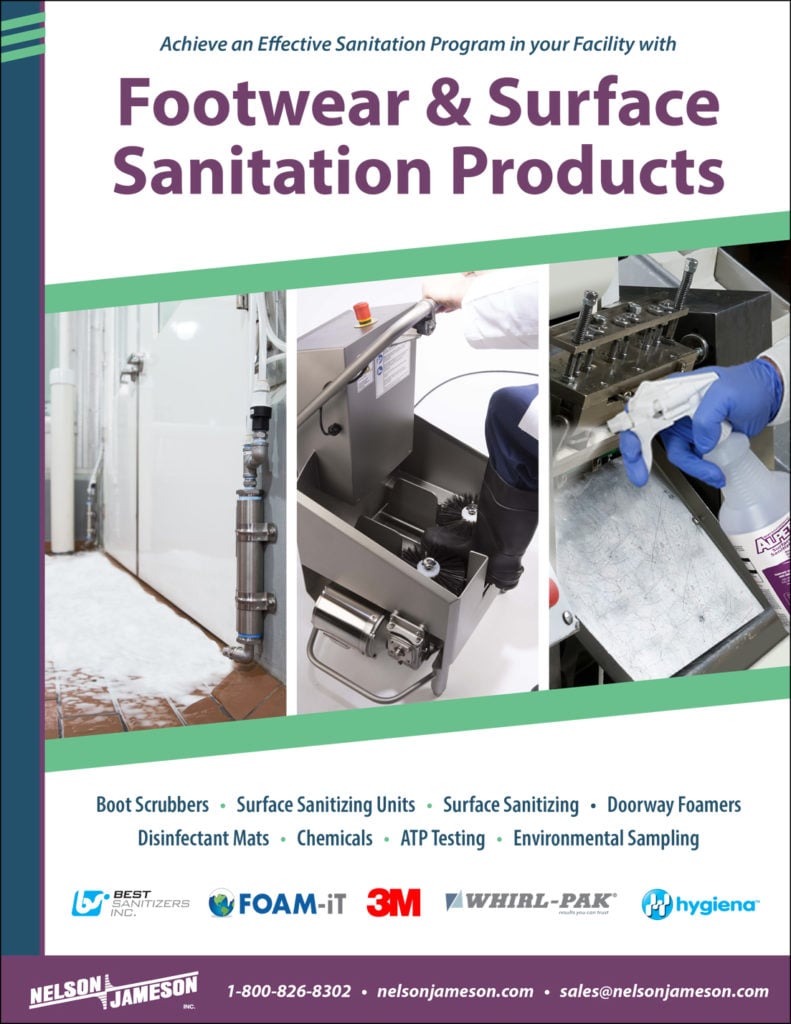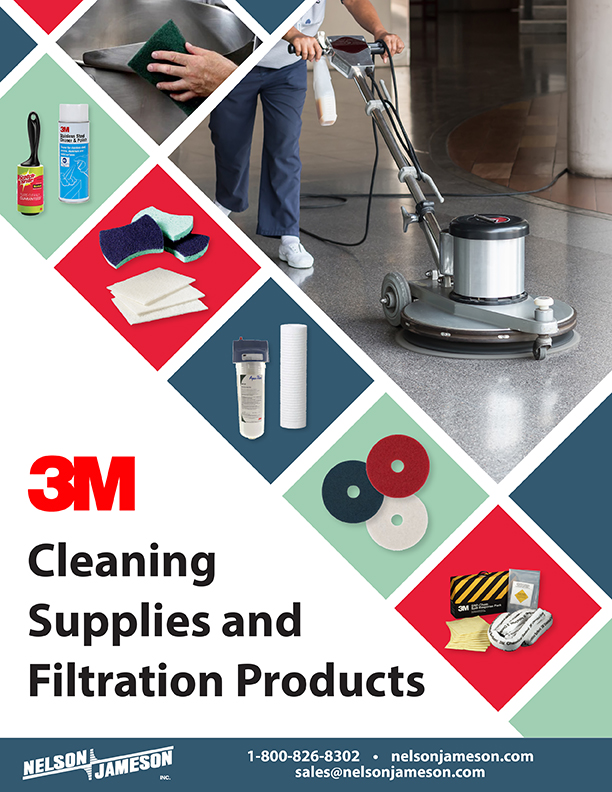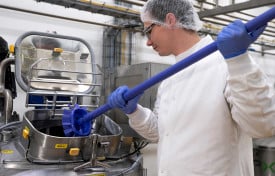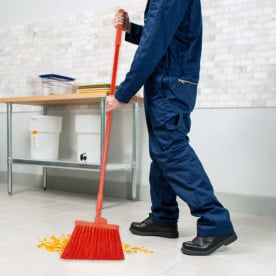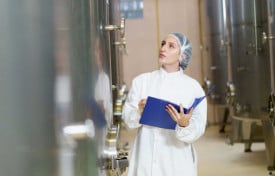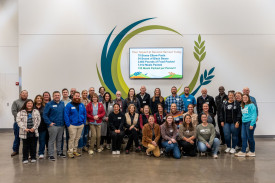Cleaning and sanitizing, though often used interchangeably, play distinct and crucial roles in ensuring the safe production of high-quality dairy products, food, and beverages. Cleaning involves physically removing visible dirt, grease, and particles from surfaces, making them shiny and spotless. However, it doesn't eliminate illness-causing pathogens. On the other hand, sanitizing, which follows cleaning, reduces harmful microorganisms to safe levels. Skipping the cleaning step renders sanitizing ineffective. The process includes wetting, scrubbing, rinsing, applying sanitizer, and allowing the surface to air dry. Both actions are vital to prevent pest infestations, comply with food safety laws, protect against foodborne illnesses, and minimize waste. Training is crucial, ensuring employees understand the proper use of chemicals, concentration, mixing procedures, storage, and the importance of personal protective equipment. Color-coding tools helps prevent cross-contamination, emphasizing the significance of using the right cleaning and sanitizing products tailored to specific facility needs. Connect with a product specialist to discuss the ideal solutions for your facility's cleaning and sanitizing requirements.
What is Cleaning?
Cleaning is the physical removal of visible dirt, soil, food particles, grease, or allergens from equipment, utensils, or work surfaces. A cleaned surface will look shiny and spotless, but pathogens that cause illness are not removed during cleaning. In general, the cleaning process includes removing large particles, wetting the surface, scrubbing, rinsing, and air drying. When cleaning, be careful to avoid cross-contamination through splashing or blowing from one surface to another.
What is Sanitizing?
Sanitizing reduces the number of harmful microorganisms from a cleaned surface. While sanitizing does not remove all bacteria, it brings it down to a safe level. Cleaning must always come before sanitizing. If cleaning is skipped, the sanitizing process will be ineffective as oil, grease, and dust deactivate sanitizers.
Cleaning & Sanitizing Process
- Wet area.
- Scrub with soap or detergent to remove soil, dirt, and debris.
- Rinse with water.
- Apply sanitizer.
- Allow sanitizer to have contact with the surface for the recommended amount of time.
- Allow surface to air dry.
Why is it Important to Both Clean and Sanitize?
- Helps to prevent pest infestations.
- Helps to stay in compliance with food safety laws and regulations.
- Helps to protect from food poisoning and allergic reactions.
- Helps to reduce the amount of waste due to unsafe or spoiled food.
- Color-coding brushes and tools is an effective way to prevent cross-contamination from food contact to non-contact surfaces, and raw to pasteurized foods.
Importance of Training
Different types of food and ingredients require different cleaners and practices. Employees should be aware of the correct chemical use—which chemical and concentration is needed, the correct mixing and usage procedures, plus, how to store and label. Personal protective equipment may be required depending on the chemical, so it is important for employees to be educated on the proper procedures for cleaning and sanitizing.
Talk to a product specialist today to discuss the best cleaning and sanitizing products for your facility!
Looking for Cleaning & Sanitation Products?
Our specialty flyers and catalogs offer a focused selection of products for your desired application.
View the flyers below, or click here to see our full collection of product flyers, catalogs, and line cards.



